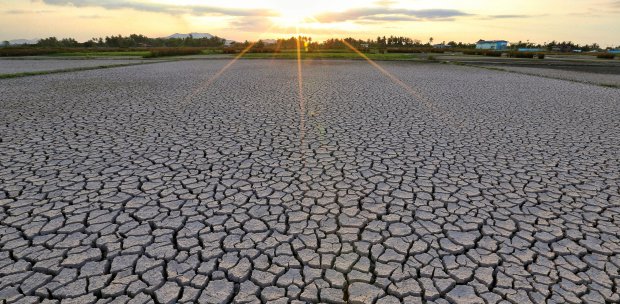LETTERS: Rubber trees are some of the early indicators of climate change.
In the 1970s, I used to notice rubber trees shedding leaves in June when this process usually occurred between December and February.
Many would have dismissed this as freak weather. This denuding of rubber trees results in a thick layer of yellow and brown leaves carpeting the endless rows of rubber trees across the country.
Estates were beautiful to behold during this time of the year for their "autumnal" effect.
Perhaps these were early signs of climate change. The daily temperature now hovers around 35 degree Celsius, making it unbearably hot in the afternoon.
Air conditioning is a must day and night, and electricity charges have skyrocketed, burdening us further. Fans are of no use as the air they circulate is as warm as the weather outside.
Even in the morning, the heat is like what it is normally at noon. Blame it on environmental degradation.
Malaysia was not hot, humid, smoky or dusty like this four or five decades ago when there was a thicker forest cover and less urban sprawl. A downpour could bring cool weather that lasted for one to two days.
That is not the case any more. If it rains today, tomorrow could be scorching hot in the afternoon. So much has changed in the weather!
The hot weather is unbearable in urban areas. The heat and humidity are a big drawback for outdoor activities.
Many economic activities are affected by the high temperatures, but many brave the difficulties and hardship to earn a living. Even recreational and sports actvities will be hampered as the heat can be a demotivating factor.
Agricultural productivity will be low as the water stress wilts plants and greens. Ponds storing water for farmers to water their plants will dry up faster. So will the dams and reservoirs holding potable water for the people.
Even trees along the roads look sickly and the grass is the first victim as it turns brown in a few days without rain or water.
In hotter countries with a tropical or equatorial climate, the heat and humidity will lead to drought. In poorer regions, it could have a devastating effect on agriculture, leading to famine, disease and death.
The changes in the global climate and weather conditions cannot be undone quickly and may take decades, if at all, to be reversed.
V. THOMAS
Sungai Buloh, Selangor
The views expressed in this article are the author's own and do not necessarily reflect those of the New Straits Times





